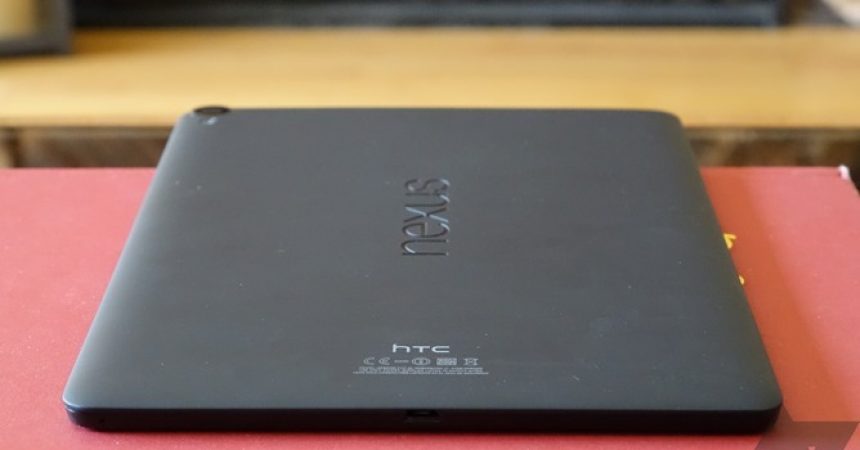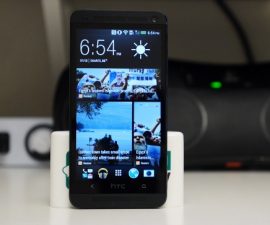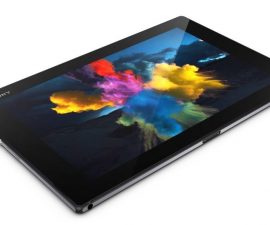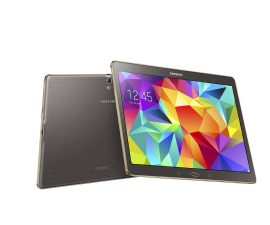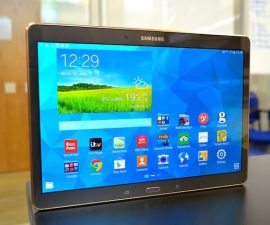The Nexus 9
Nexus products are, mostly, something that you just eventually like following its software updates to address existing problems. However, the Nexus 9 does not provide the same experience – even after the numerous software updates, there’s still barely any reason to love the device.

There hasn’t been any substantial changes seen in the Nexus 9 to indicate that HTC addressed earlier concerns. Here are some problems I’ve experienced with the tablet:
- A crackling noise around the center of the tablet’s back that is continuously worsening after three months
- The light bleed at the top-right corner is visible every time
- Rear cover is very susceptible to grease
- The tablet easily gets hot even on simple tasks like surfing the web.
- Only four to five hours of screen-on time when web surfing. Web browsing is definitely not an enjoyable experience when you’re using the Nexus 9.
- Lags when multitasking or even on light usage of some apps. The UI also hangs when you try to go to the home page from an application that uses a big memory.

- Switching between apps have a delay of one to three seconds, sometimes more. Reloading takes a long It’s a piss off to always consider how the tablet’s RAM affects the UX.
- The tablet seems to enter into deep sleep mode and you have to wait for at least five seconds for it to come to life.
- Android 5.0’s navigation bar is still an eyesore for larger screens.
Other not-so-remarkable features of the device include:
- The front-facing speakers are still inferior
- The display is okay. Just that. The viewing angles are solid and brightness is acceptable, but there are lots of room for improvement, such as the display’s colors.
But on a positive note:
- The standby battery life is remarkable. The Nexus 9 can last a week on standby without being charged.
- Power consumption on some apps has reduced since three months ago.
While these problems may be easily addressed by manufacturing changes, this will only entail costs and time. The downsides outweigh the good points, particularly its erratic slowdowns. Despite the popularity of Android, it still hasn’t evolved to be at the top of its game. The apps that iPad and Android have in common reflect enormous differences – these iPad apps, when in Android, are usually subpar UX because of a responsive design in phones and tablets that result in poorly scaled apps when used in tablets like the Nexus 9.
Its improved counterpart, the Nexus 10, is no different. The Nexus 9 is in danger of being ignored in favor of smartphones with larger screens – which, notably, are now becoming the trend. Simply put, the Nexus 9 does not give you the right value for your money. Spending $400 on a tablet with the quality of Nexus 9 is just a no-go, particularly as tablet chipsets are becoming cheaper, and as the tablet market is struggling.
Have you tried using the Nexus 9? Share your thoughts with us through the comment section!
SC
[embedyt] https://www.youtube.com/watch?v=9twy3y387VA[/embedyt]
